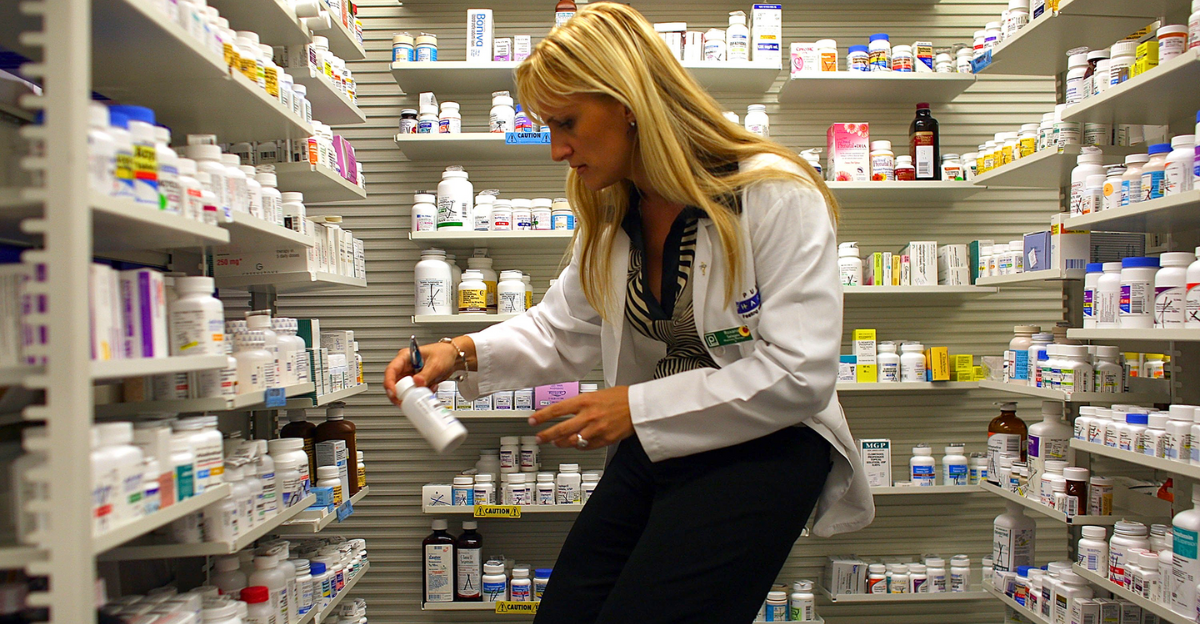
Since the COVID-19 pandemic, many drugstores have been under financial pressure and struggling to cope. While one would think that the pandemic would help drugstores turn a profit, the truth is that the pharmaceutical industry has undergone many shifts, resulting in huge losses for these companies.
The industry layout and demands have changed dramatically in recent years. Let’s examine these shifts and which companies have been negatively affected post-pandemic.
The Pandemic
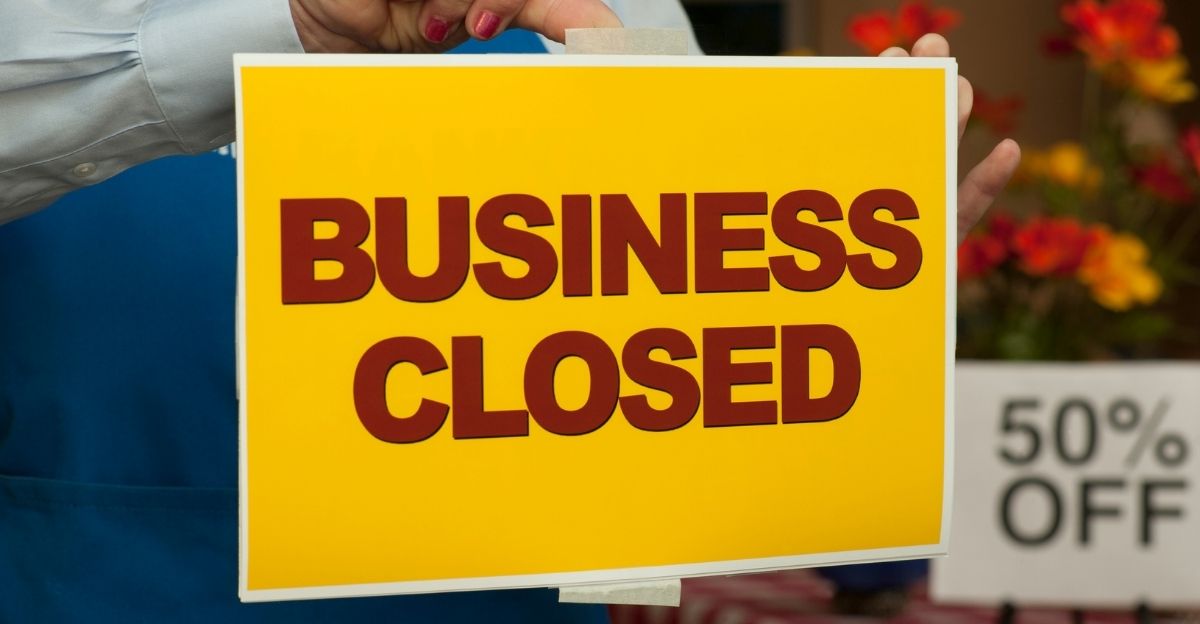
While COVID-19 posed a massive disturbance for several industries worldwide, many would think that the humble drugstore would be the least affected. However, due to the lockdown being in effect, many people couldn’t actually make it to the drugstores during the pandemic.
As a result, big companies like Amazon and Mark Cuban’s Cost Plus Drugs wound up swooping in and imposing dramatic changes on the industry as a whole.
The Changes

Since the majority of people weren’t able to actually get their prescriptions from physical drugstores, something new was bound to come along. Both Amazon and billionaire entrepreneur Mark Cuban swooped in on the opportunity.
Amazon started it off by allowing people to fulfill prescriptions on their site and have their drugs delivered to them remotely. Mark Cuban’s Cost Plus Drugs company added another competitor to the market, and pretty soon, the two companies started a revolution in the pharmaceutical delivery industry.
Rapid Advancement
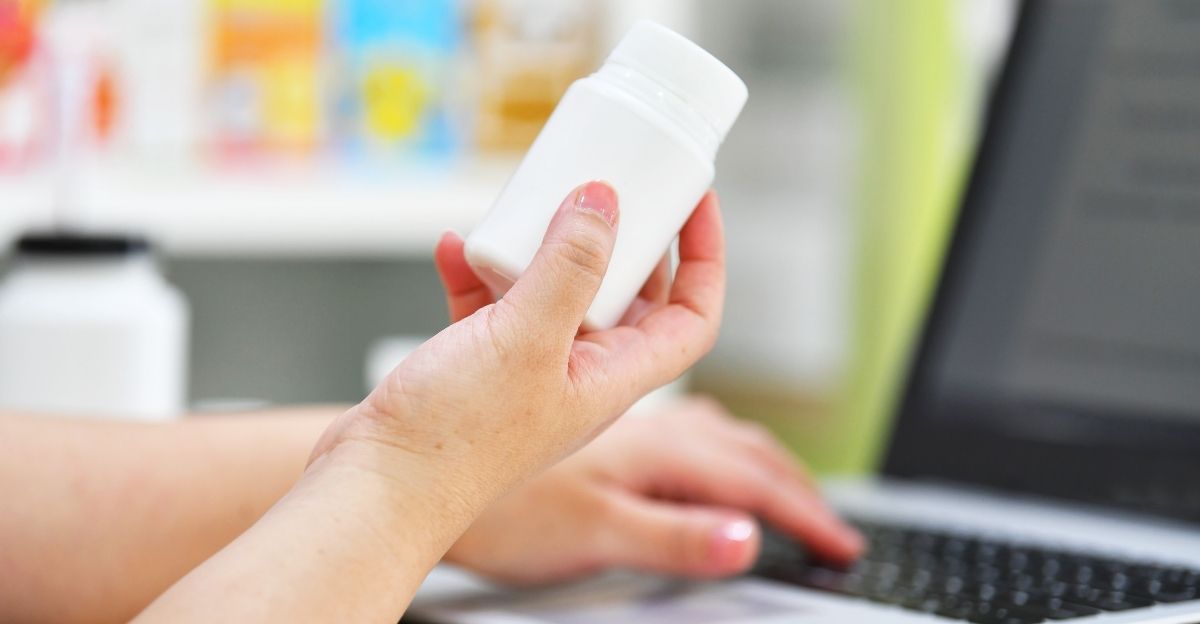
Since then, the majority of people have opted to order their drugs online. Ordering online cuts down on things like waiting in line and the hassle of traveling. While this might be great for consumers, it has hit the drug store business hard.
According to ABC News, roughly one in seven drugstores is set to close in the next three years. This is largely due to the cost of keeping them open and their reduced profit. Keeping these businesses open in the long run is becoming unfeasible.
High Numbers
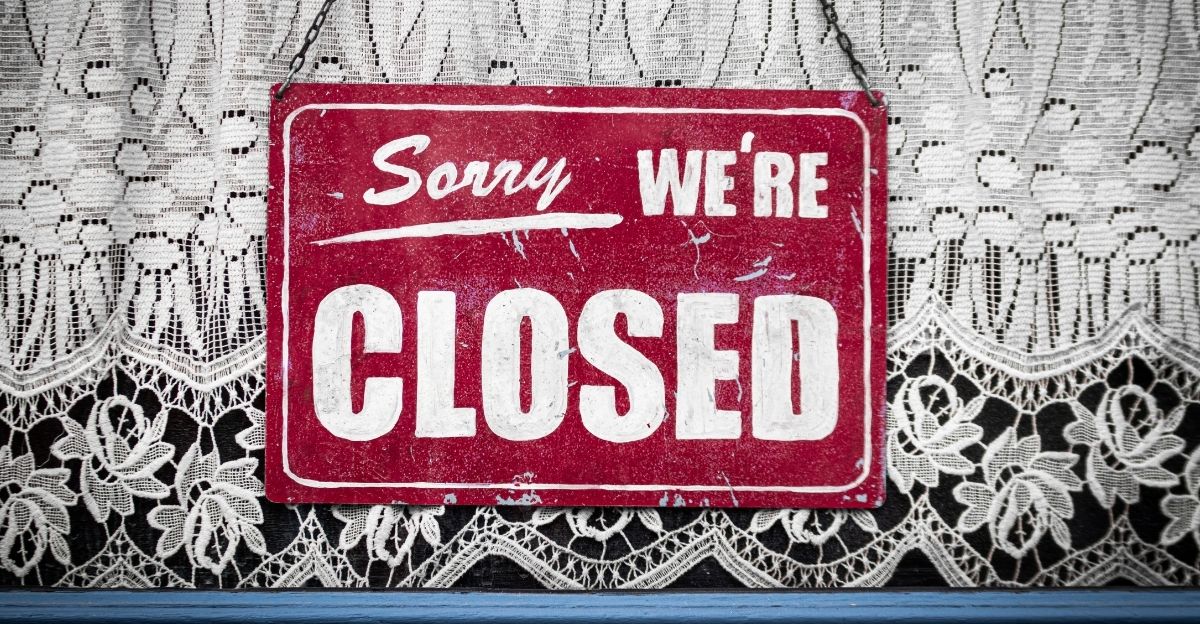
While a few stores closing here and there wouldn’t be a cause for concern, the truth is that the large volumes of stores facing closure is creating alarm. According to TheStreet, to date, roughly over 2000 stores across a variety of well-known brands have either closed or are planned to be closed in the coming three years.
The shake-up in the industry is causing a lot to speculate on how the future of drug stores will look as the idea of remote pharmacies looms over the now old-fashioned notion of a conventional drug store.
The Brands Affected
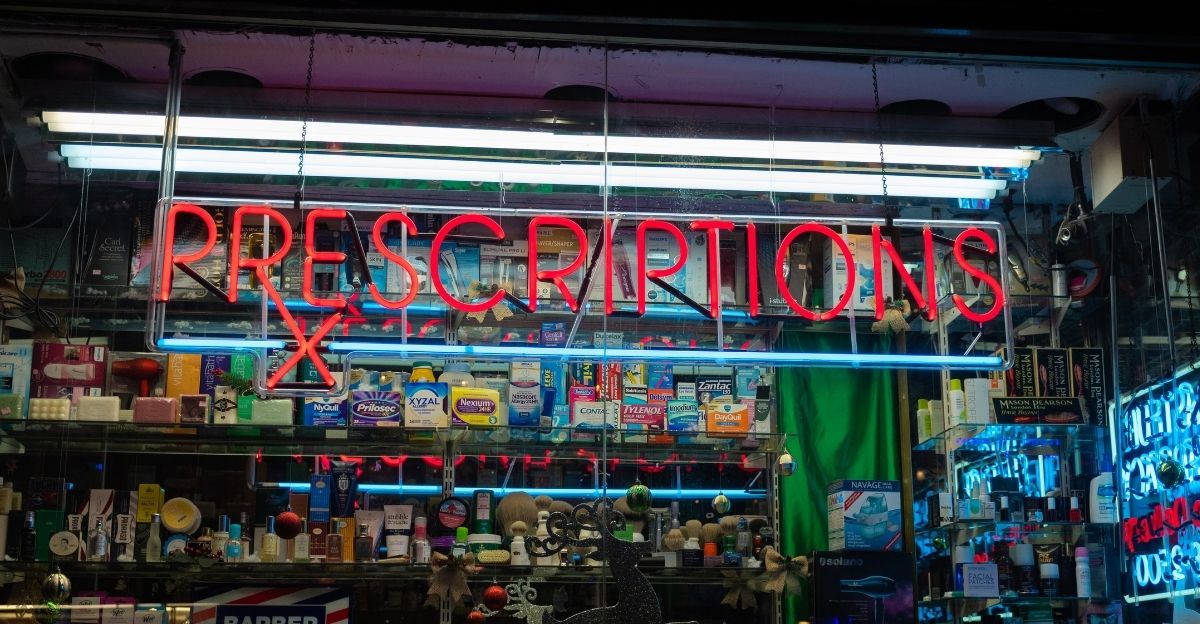
Currently, some of the main brands affected include Walgreens, Rite Aid, and CVS. Most of these companies have a lot of stores all across the US, so while the number of stores closing still only represents a small amount of their overall total, we can only speculate as to what this pattern is indicating for the industry as a whole.
But what are the exact reasons these stores are closing? Let’s examine what these companies are saying.
The Reasons for Closure

While the first and most obvious reason for the closures is that the stores aren’t turning over enough profit, the truth is that the inherent costs concerned for running and maintaining these stores is quite high. A lot of companies have been referenced as claiming that ‘dark rent’, or rent paid for underperforming stores, is a huge cost to them.
According to Walgreens, a retailer recently sold to private equity firm Sycamore Partners, it will close underperforming stores and not renew leases.
A Dramatic Turn of Events

While most of the companies involved claimed that they were only closing a limited number of stores, Rite Aid LLC has filed for Chapter 11 bankruptcy. According to CNN, the company has had to shut down over 150 stores, and will likely be closing the bulk of their stores and liquidating their assets.
The bankruptcy of a well-known company like Rite Aid is a dark sign about the trends that the industry is facing, at least according to speculation.
Trends To Come

The closures have marked a decidedly different turn of events for the industry as a whole. While some may choose to ride the waves and hope for the best outcome, many like Rite Aid are jumping ship completely.
The truth is that remote pharmacies are likely to dominate the market in the coming years, as the ease of access that they provide to customers far surpasses that of a conventional drug store. Many predict that more stores will close in the near future.
Not All Remote
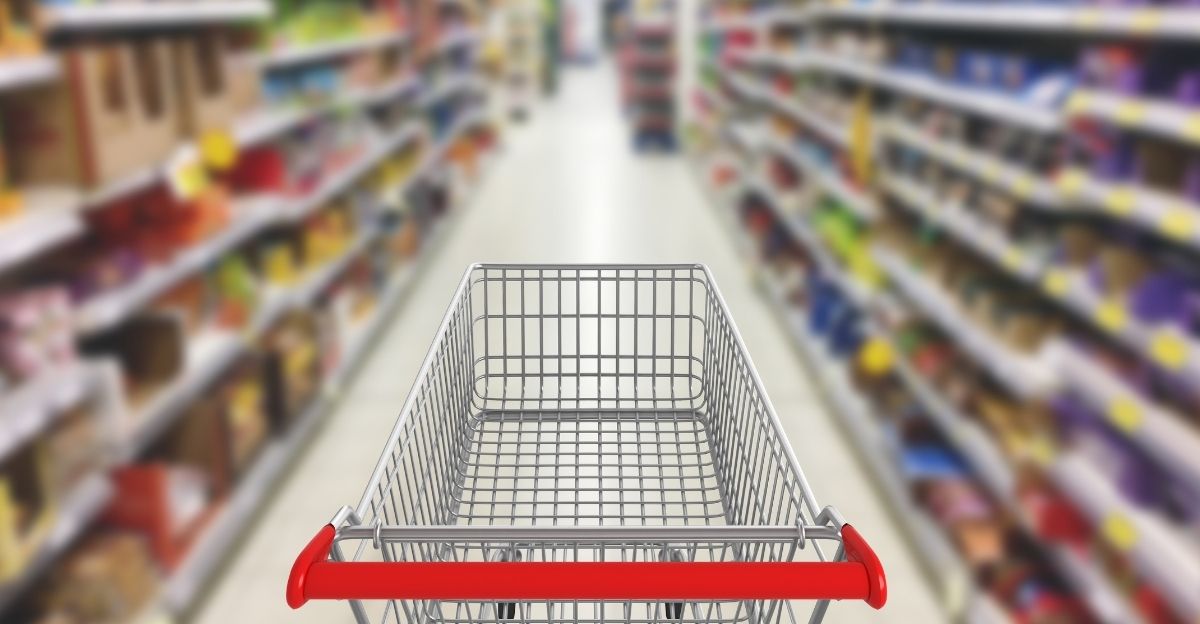
According to Bain and Company, most consumers also use large retailers like Costco and Walmart to fulfill their prescriptions. Many claim they are faster and generally cheaper than smaller, conventional drug stores.
It’s easy to speculate that the age of the ‘mom-and-pop’ drugstore on the corner is likely fading fast. But what does this mean for consumers and American culture overall, and how will it affect you?
A Part of Culture
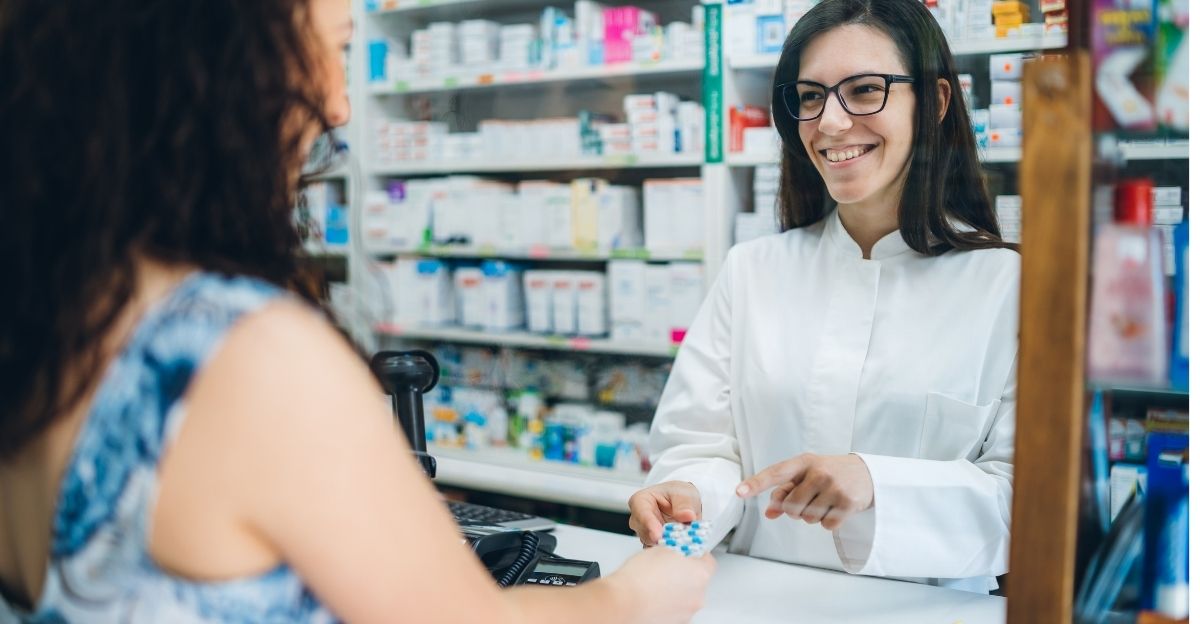
While the consumers will generally not really notice or mind the change, as they’ll still be getting their drugs either delivered or at cheaper prices and quicker rates, the fact is that the classic ‘mom-and-pop’ drug store is a large staple of American culture.
In the future, many speculate that these will become a remnant of a bygone era, with only a few longstanding ‘legacy’ stores being found in smaller towns or unique areas.
Closing Time

As smaller drug stores are forced to close, some speculate as to whether changes on this scale will affect government policy-making in the future. Will smaller businesses just be doomed to face off in inevitable battles against huge corporate giants, or will there be measures put in place to help protect them?
Only time will tell. But hey, if you enjoyed this article, be sure to check out the rest of the site for interesting news on business and fashion you’ll enjoy!